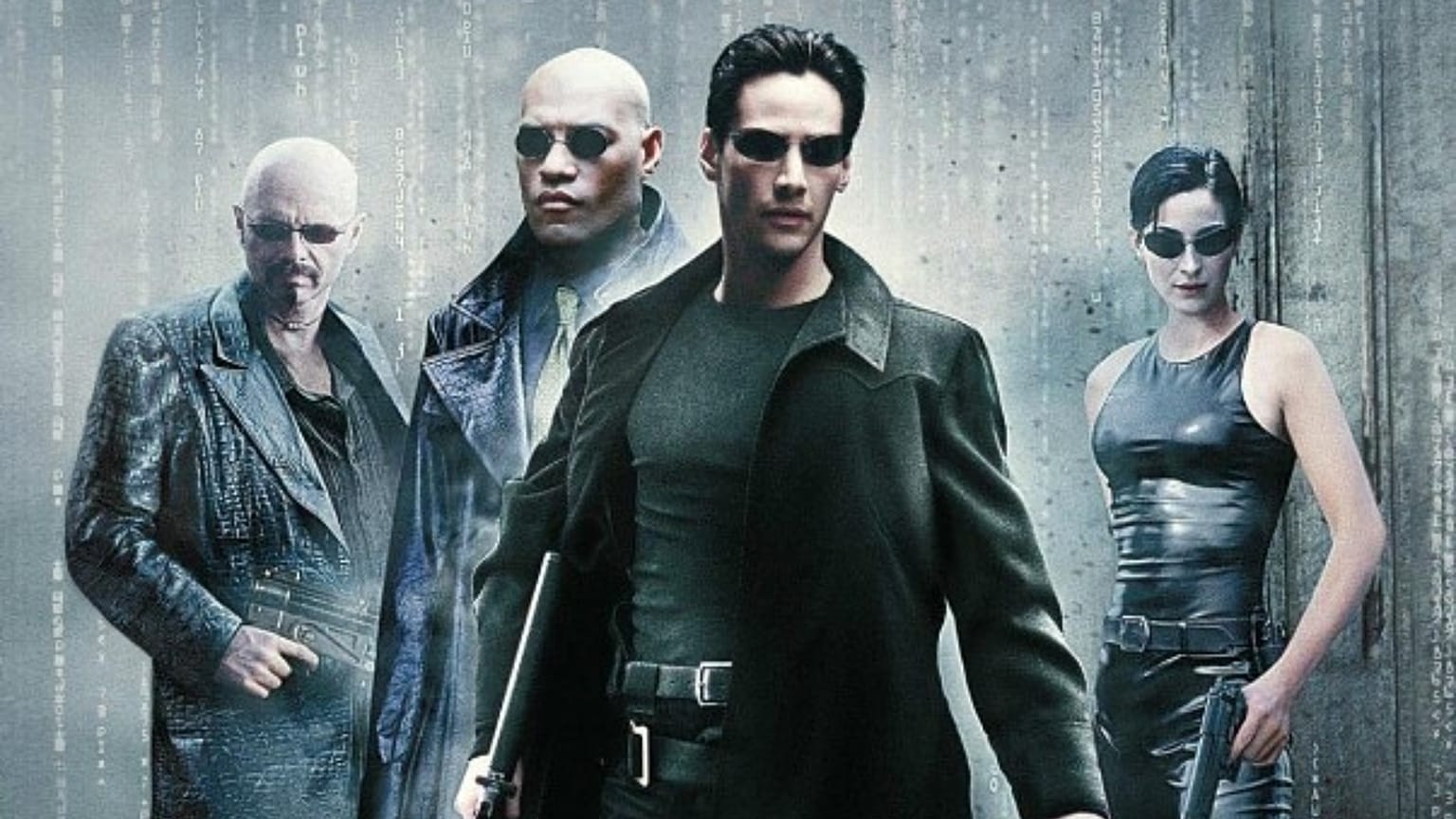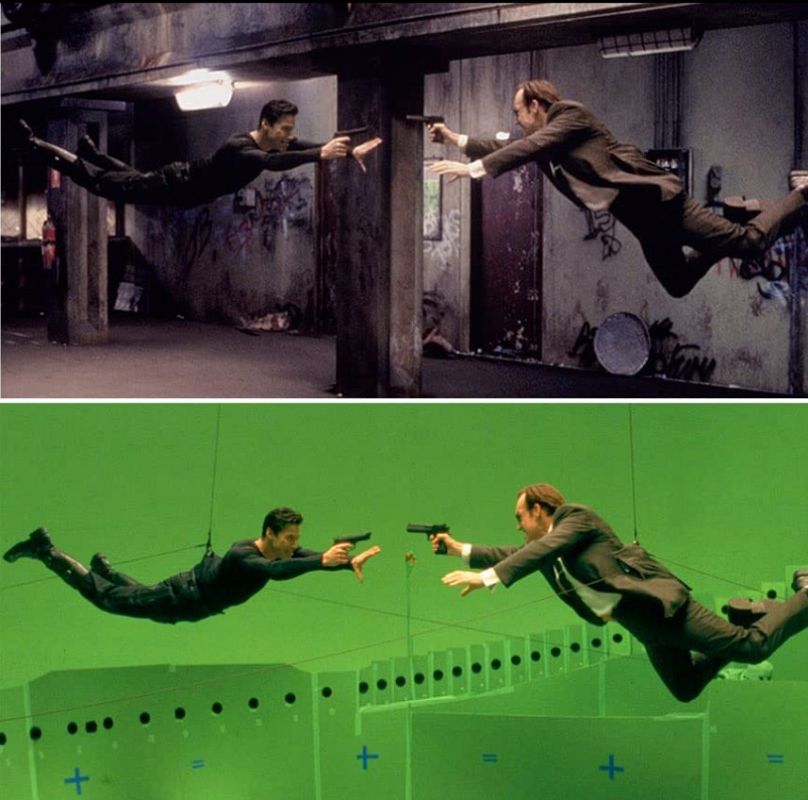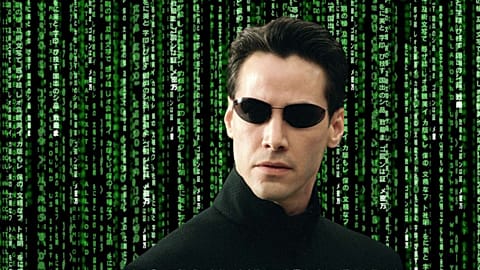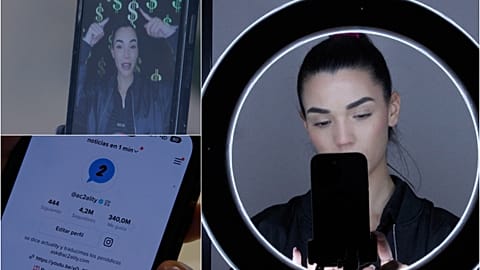The world took the Red Pill for the first time when 'The Matrix' was released on this day in 1999. How has it changed culture since?
24 March 1999: We take the red pill and go down the rabbit hole for the first time
There must have been something in the water in March 1999. Just yesterday, we celebrated the release of Ricky Martin’s slapping Latin-pop song ‘Livin’ La Vida Loca’. While Martin’s huge tune got the people dancing and also opened up US record executives to Latin-American artists, the film that would release the day later would blow everyone’s mind for the second day in a row.
That’s right. On this day in 1999, The Matrix was first released. Written and directed by the Wachowskis, The Matrix follows Neo (Keanu Reeves) as he learns that the real world he lives in is not real at all. Instead, he is living in a simulation called the Matrix. Designed to control humanity by keeping them in a preserved computerised version of the 90s, the Matrix is merely a subterfuge as in the dystopic future “real world”, intelligent machines farm plugged in humans for energy.
Based loosely on sceptical philosophical questions, The Matrix immediately won over fans for its effective thematic discussions of the nature of reality. From a $63 million budget it took $467.2 million at the box office and spawned two sequels, multiple video games, comics, and animations, as well as a fourth film The Matrix Resurrections released in 2021. It also launched the Wachowskis’ careers, who have gone on to make multiple huge budget sci-fi films since.
Beyond commercial success, the lasting impact of The Matrix is how it changed culture significantly. At the most superficial level, the iconic aesthetic of Reeves and co-stars Laurence Fishburne and Carrie-Anne Moss’s leather coats spawned an immediate fashion trend.
The Matrix had a major effect on filmmaking. One of the film’s most impressive elements upon release was its use of “bullet time”, a slow-motion effect where multiple cameras move around a frozen frame. Pretty much every action film in the early 2000s would try and fail to attempt an effect as impressive.
The Wachowskis were inspired by Wuxia films for the fight scenes, and the impact of the film created an American audience for Asian martial arts films like Crouching Tiger, Hidden Dragon in 2000. Released the same year as the first prequel to the original Star Wars trilogy, it was also part of a generational resurgence of sci-fi fantasy films in the mainstream.
The release of The Matrix was an almost universally good thing, with the now-out trans writer-director duo’s film bringing philosophy, sexuality, religious and anti-capitalist themes to a major blockbuster and its subsequent sequels. Despite that, a lasting legacy of the film is in the abuse of one of the film’s themes by alt-right conspiracy theorists.
When Neo is first asked if he’d like to discover the truth about the Matrix, he’s offered a choice between a blue pill and a red pill, with the red pill leading to the truth. In recent years, online forums of misogynist white supremacist conspiracy theorists latched onto the imagery of the film, claiming they’d taken the equivalent of a “red pill”. It’s a shame but there’s a certain irony that a group of alt-right maniacs are regularly quoting from a work by trans writers.



















